Uncategorized
-
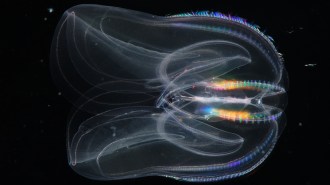 Animals
AnimalsSome comb jellies cannibalize their young when food is scarce
Invasive warty comb jellies feast on their larvae after massive population booms in the summer deplete their prey from waters off of Germany.
-
 Neuroscience
NeuroscienceA game based on Simon shows how people mentally rehearse new information
Signs of learning echo through people’s resting brains.
-
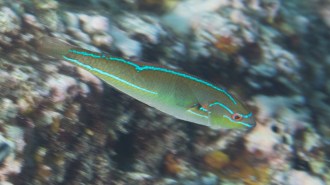 Ecosystems
EcosystemsWarming water can create a tropical ecosystem, but a fragile one
Tropical fish in a power plant’s warm discharge disappeared with the plant’s shutdown, giving insight into ecosystems’ reaction to temperature shifts.
By Jake Buehler -
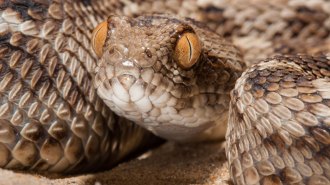 Health & Medicine
Health & MedicineA pill for heavy metal poisoning may also save snakebite victims
In mice, an oral medication delayed or even prevented death after a lethal dose of viper venom, a new study finds.
-
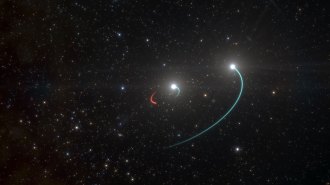 Space
SpaceThe closest black hole to Earth may have been spotted 1,000 light-years away
What appears to be the closest black hole to the solar system shares orbits with two massive stars, a new study finds.
-
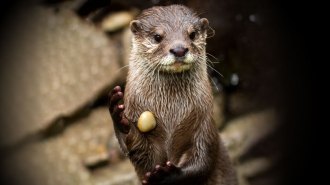 Life
LifeWhy otters ‘juggle’ rocks is still a mystery
Shuffling pebbles really fast looks as if it should boost otters’ dexterity, but a new study didn’t find a link.
By Susan Milius -
 Psychology
PsychologyA simple exercise on belonging helps black college students years later
Black college freshmen who did a one-hour training on belonging reported higher professional and personal satisfaction years later.
By Sujata Gupta -
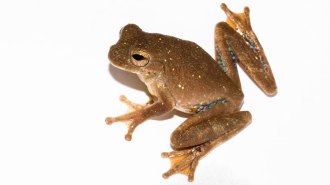 Animals
AnimalsPug-nosed tree frogs use an auditory trick to evade predators and woo mates
A new study finds that some tree frogs exploit what’s known as the precedence effect to get females attention safely.
By Pratik Pawar -
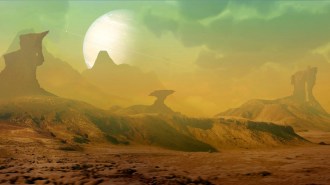 Planetary Science
Planetary SciencePlanets with hydrogen-rich atmospheres could harbor life
Lab experiments show yeast and E. coli survive and reproduce in hydrogen gas, suggesting new environments to seek alien life.
-
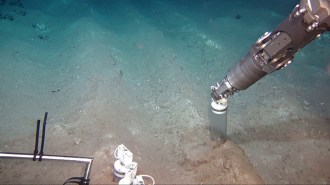 Oceans
OceansDeep-sea mining may damage underwater ecosystems for decades
Microbe communities in the seabed off Peru still haven’t fully recovered from being disturbed by a deep-sea mining experiment 26 years ago.
-
 Physics
Physics50 years ago, superconductors started feeling the pressure
Today, high-pressure superconductors are a hot topic. 50 years ago, scientists were just starting to explore the possibilities.
-
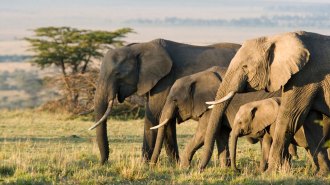 Animals
AnimalsWhy mammals like elephants and armadillos might get drunk easily
Differences in a gene for breaking down alcohol could help explain which mammals get tipsy.
By Susan Milius